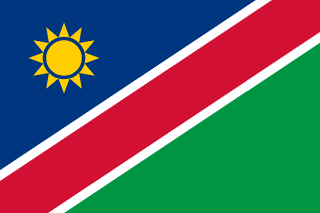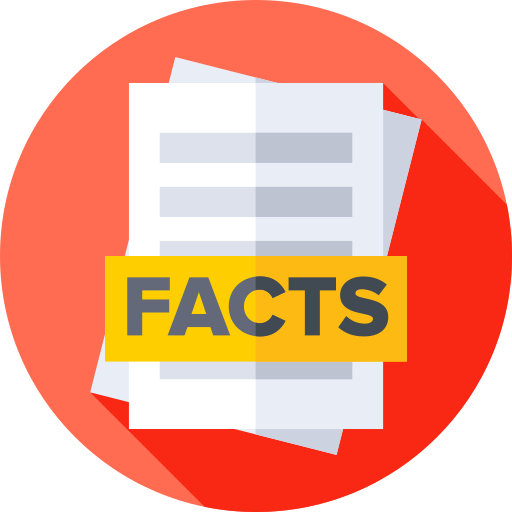Namibia - Economy

How is the economy of Namibia? Based on the information we have, Namibia has a upper middle-income, export-driven Sub-Saharan economy; natural resource rich; Walvis Bay port expansion for trade; high potential for renewable power generation and energy independence; major nature-based tourist locale; natural resource rich; shortage of skilled labor. Key agricultural products in this country include: root vegetables, milk, maize, beef, grapes, onions, wheat, fruits, pulses, vegetables (2023).
More about the economy of Namibia
| Labor force | 1.131 million (2024 est.) |
|---|---|
| Industrial production growth rate | 1% (2024 est.) |
| Industries | mining, tourism, fishing, agriculture |
| Population below poverty line | 17.4% (2015 est.) |
| Taxes and other revenues | 33% (of GDP) (2023 est.) |
| Fiscal year | |
| Exchange rates | |
| Currency | Namibian dollars (NAD) per US dollar - |
| Exchange rates 2024 | 18.329 (2024 est.) |
| Exchange rates 2023 | 18.446 (2023 est.) |
| Exchange rates 2022 | 16.356 (2022 est.) |
| Exchange rates 2021 | 14.779 (2021 est.) |
| Exchange rates 2020 | 16.463 (2020 est.) |
| Reserves of foreign exchange and gold | |
| Reserves of foreign exchange and gold 2024 | $3.356 billion (2024 est.) |
| Reserves of foreign exchange and gold 2023 | $2.956 billion (2023 est.) |
| Reserves of foreign exchange and gold 2022 | $2.803 billion (2022 est.) |
| Current account balance | |
| Current account balance 2024 | -$2.055 billion (2024 est.) |
| Current account balance 2023 | -$1.893 billion (2023 est.) |
| Current account balance 2022 | -$1.605 billion (2022 est.) |
| Public debt | |
| Public debt 2019 | 4.64% of GDP (2019 est.) |
| Budget | |
| Revenues | $4.415 billion (2023 est.) |
| Expenditures | $4.779 billion (2023 est.) |
| Budget surplus (+) or deficit (-) | |
| Remittances | |
| Remittances 2024 | 1.1% of GDP (2024 est.) |
| Remittances 2023 | 1% of GDP (2023 est.) |
| Remittances 2022 | 0.7% of GDP (2022 est.) |
| Household income | |
| Lowest 10% | 1% (2015 est.) |
| Highest 10% | 47.2% (2015 est.) |
| Imports | |
| Imports 2024 | $9.199 billion (2024 est.) |
| Imports 2023 | $8.443 billion (2023 est.) |
| Imports 2022 | $7.43 billion (2022 est.) |
| Imports (partners) | South Africa 36%, China 9%, India 7%, UAE 4%, USA 3% (2023) |
| Comodities Imports force | refined petroleum, copper ore, ships, electricity, trucks (2023) |
| Exports | |
| Imports 2024 | $9.199 billion (2024 est.) |
| Imports 2023 | $8.443 billion (2023 est.) |
| Imports 2022 | $7.43 billion (2022 est.) |
| Exports (partners) | South Africa 27%, China 12%, Botswana 8%, Belgium 7%, France 5% (2023) |
| Comodities Exports force | gold, diamonds, radioactive chemicals, fish, refined petroleum (2023) |
| Real GDP (purchasing power parity) | |
| Real GDP (purchasing power parity) 2024 | $31.154 billion (2024 est.) |
| Real GDP (purchasing power parity) 2023 | $30.039 billion (2023 est.) |
| Real GDP (purchasing power parity) 2022 | $28.761 billion (2022 est.) |
| GDP (official exchange rate) | $13.372 billion (2024 est.) |
| Real GDP Per capita | |
| Real GDP per capita 2024 | $10,300 (2024 est.) |
| Real GDP per capita 2023 | $10,100 (2023 est.) |
| Real GDP per capita 2022 | $10,000 (2022 est.) |
| GDP - composition, by sector of origin | |
| Agriculture | 7.3% (2024 est.) |
| Industry | 28.9% (2024 est.) |
| Services | 54.5% (2024 est.) |
| GDP - composition, by end use | |
| Household consumption | 79.3% (2024 est.) |
| Government consumption | 21.5% (2024 est.) |
| Investment in fixed capital | 23.7% (2024 est.) |
| Investment in inventories | 1.9% (2024 est.) |
| Exports of goods and services | 41.6% (2024 est.) |
| Imports of goods and services | -68% (2024 est.) |
| Unemployment rate | |
| Unemployment rate 2024 | 19.2% (2024 est.) |
| Unemployment rate 2023 | 19.4% (2023 est.) |
| Unemployment rate 2022 | 19.7% (2022 est.) |
| Youth unemployment rate (ages 15-24) | |
| Total | 37.3% (2024 est.) |
| Male | 36.7% (2024 est.) |
| Female | 38% (2024 est.) |
All Important Facts about Namibia
Want to know more about Namibia? Check all different factbooks for Namibia below.









